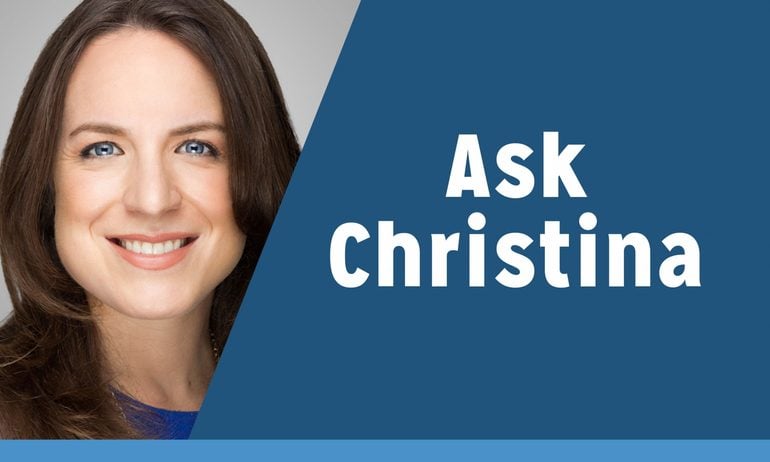What Is the Difference Between In-Network and Out-Of-Network?

Many, or all, of the products featured on this page are from our advertising partners who compensate us when you take certain actions on our website or click to take an action on their website. However, this does not influence our evaluations. Our opinions are our own. Here is a list of our partners and here's how we make money.
Question:
What is the difference between in-network and out-of-network? I know it’s more expensive to see a doctor who is out of my network, but why? How do I determine whether or not a given provider is in my network?
Answer:
“In-network” health care providers have contracted with your insurance company to accept certain negotiated (i.e., discounted) rates. You’re correct that you will typically pay less with an in-network provider. “Out-of-network” providers have not agreed to the discounted rates.
This is best explained with an example. Here’s a good one from Blue Cross Blue Shield of Michigan:
Say you go to a doctor that's in-network and the total charge is $250. A discount is applied to that amount for our negotiated rate with the doctor. The discount is $75. Blue Cross Blue Shield of Michigan pays $140. You'll have to pay the remainder, which is $35.
Now let's say you go to a doctor that's out-of-network. No discount is applied to the total charge. We still pay $140 but you'll be responsible for the remainder, which is $110.
It’s often up to you to determine whether a given physician is in-network for your health insurance plan, so make sure you ask the right questions.
Keep in mind that accepting your insurance and being “in-network” are not necessarily the same thing. A physician may accept Humana, BlueCross BlueShield, UnitedHealthcare, Kaiser, etc. insurance, but that does not mean that he or she is an in-network provider for your plan with one of those insurance carriers.
The best way to check is to call the customer service number located on your insurance card and verify a provider’s network status.
